The Craft of Copywriting


Commercial marketers call it “deep product knowledge” and it’s essential to persuasive
messaging. Your test shouldn’t be whether you have just enough info to write this message.
It should be whether your understanding is complete enough to recognize every
opportunity to persuade and every pitfall to avoid.


Here’s how story coach Lisa Cron puts it “Feel first. Think second … If I ask you to think about
something, you can decide not to. But if I make you feel something? Now I have your
attention.”
Leading with emotion and backing it up with facts works. Leading with facts and trying to add in
emotion later doesn’t.


Here’s a critical part of strategic messaging: Identifying obstacles standing between your reader’s general sense of support for your cause and the specific decision to take action. Find the barriers and devise a way to navigate through or around them.
But whatever you do, don’t bring up a barrier that you can’t dispose of. All that does is put
doubts in the reader’s mind.


People receive the messages we send as personal communications, not works of art. In most
cases, beautiful turns of phrase, poetic imagery and stunning prose can defeat that personal
connection.
A more down-to-earth, conversational writing style is almost always the right choice. It protects
the authenticity and emotional power of the story you are telling. And that’s the whole point.
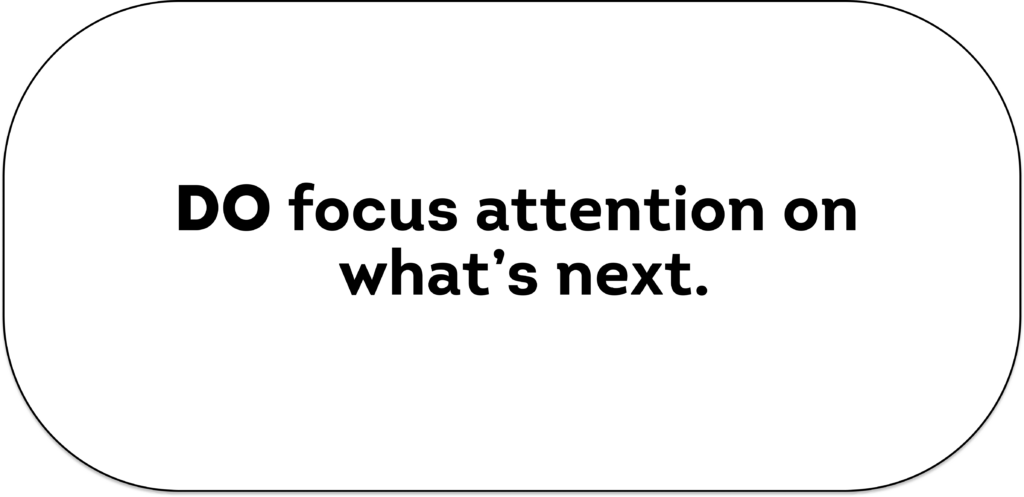
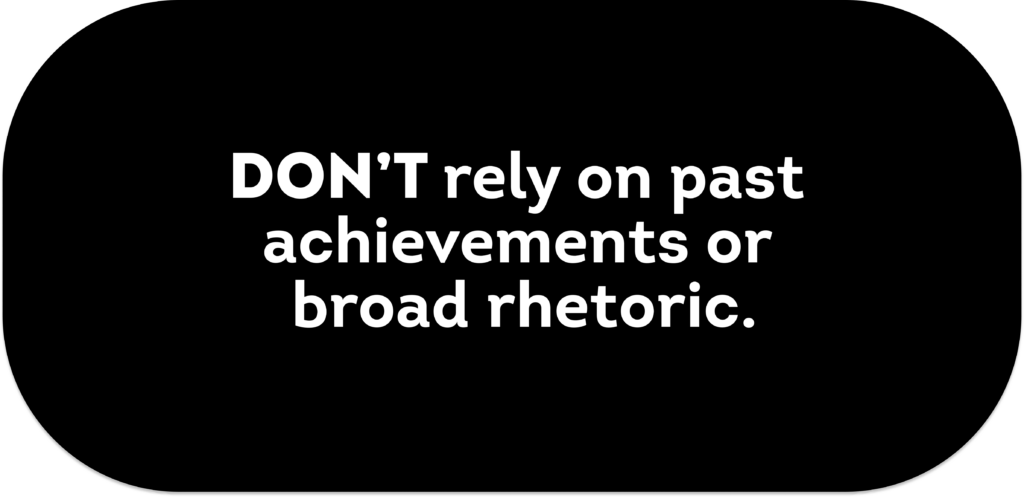
It’s good to report back. Tell your audiences about work they helped move forward and progress they helped achieve. But, if you stop there, you have a cultivation message — one likely to make the recipient smile with contentment, not a motivating message likely to drive immediate response.
Make sure you’re conveying future-facing details about “can’t wait” work that lies just ahead.
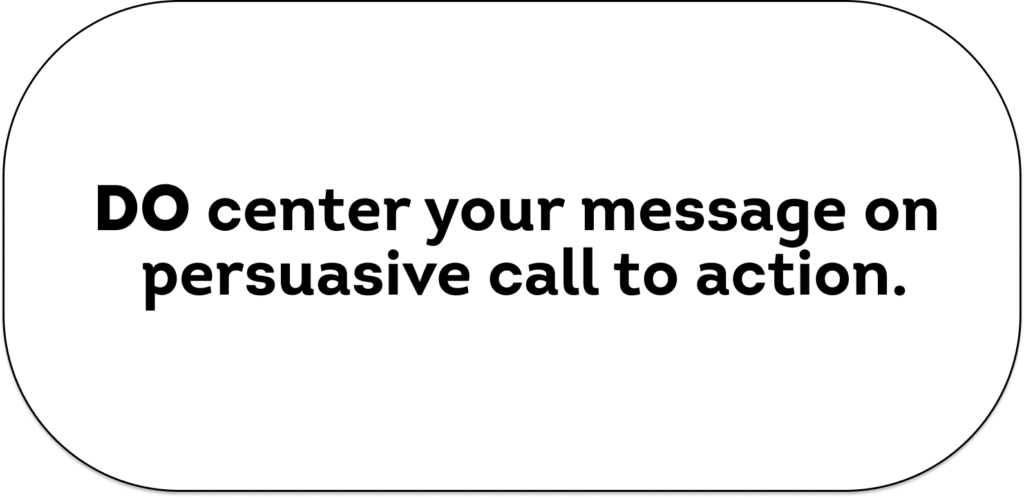
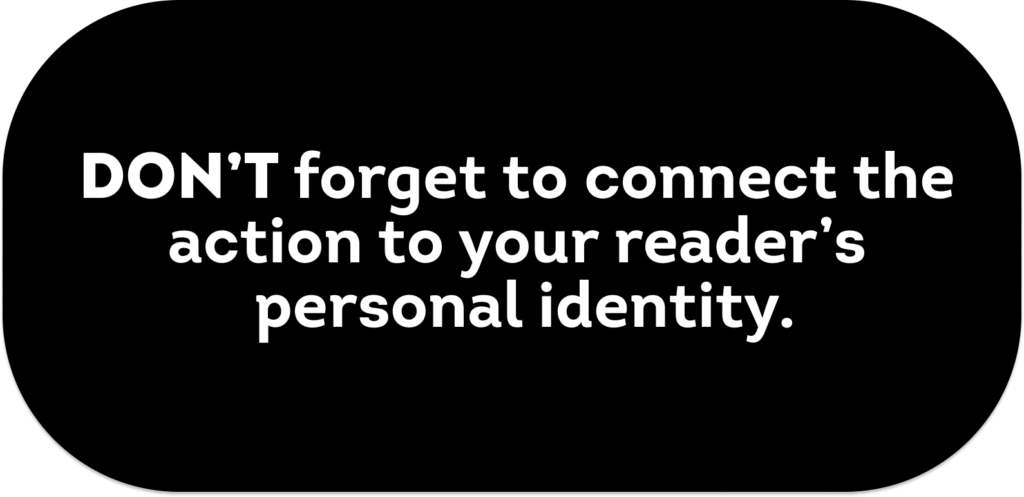
People donate, sign petitions, volunteer and vote as ways to express who they are, what they believe, and how committed they are to acting on those beliefs. Asking someone to take an action as an expression of their personal identity will almost always strike a deeper chord than simply inviting them to take a momentary action.
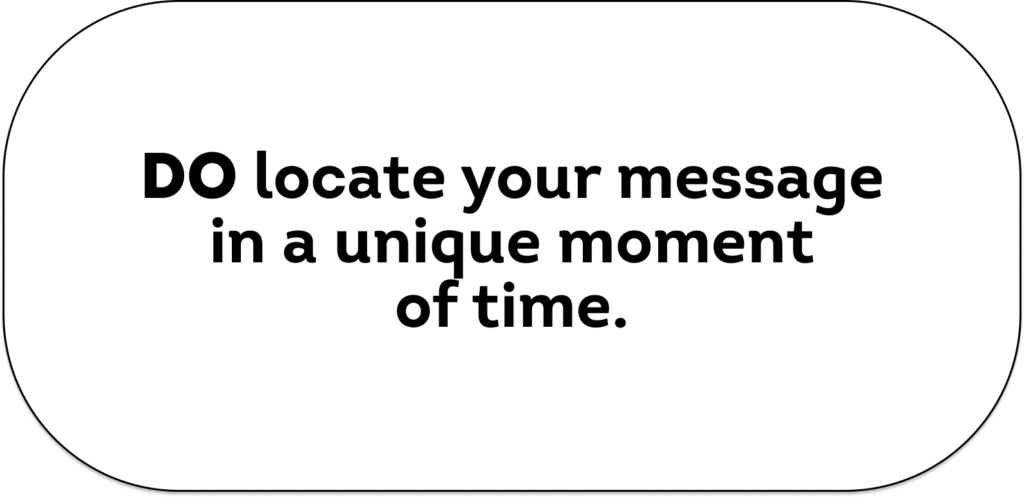
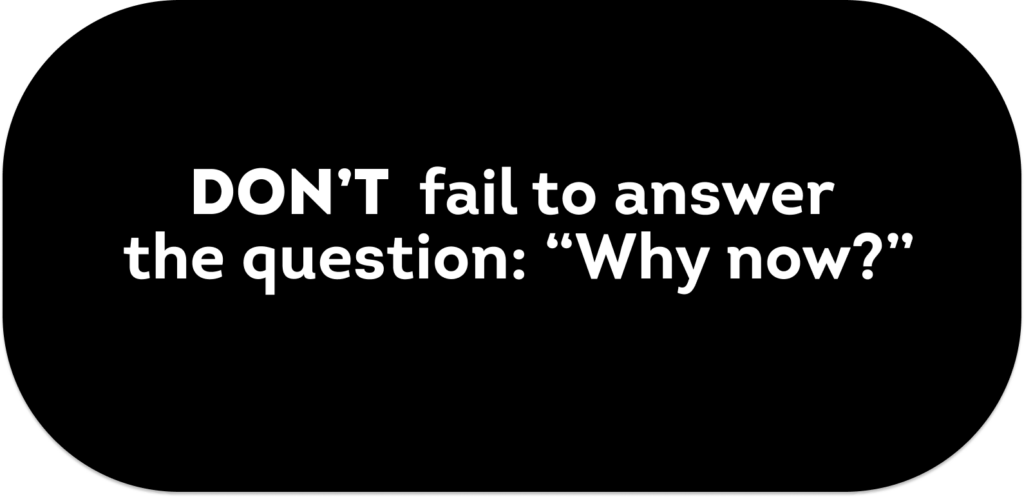
Why now? The more connected a message is to a specific moment in the world and in the life of your reader, the more likely it is to be effective.
And, in the inverse, the easier it is to defer the request to a later time, the more likely it is to actually be deferred. Before sending it, review your message and see if you’ve done all you can to answer the “Why now?” question.
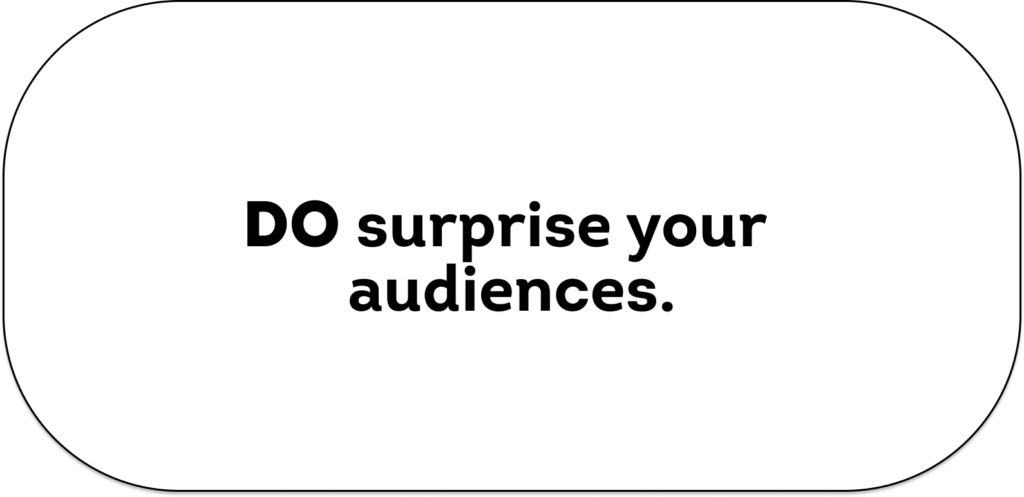
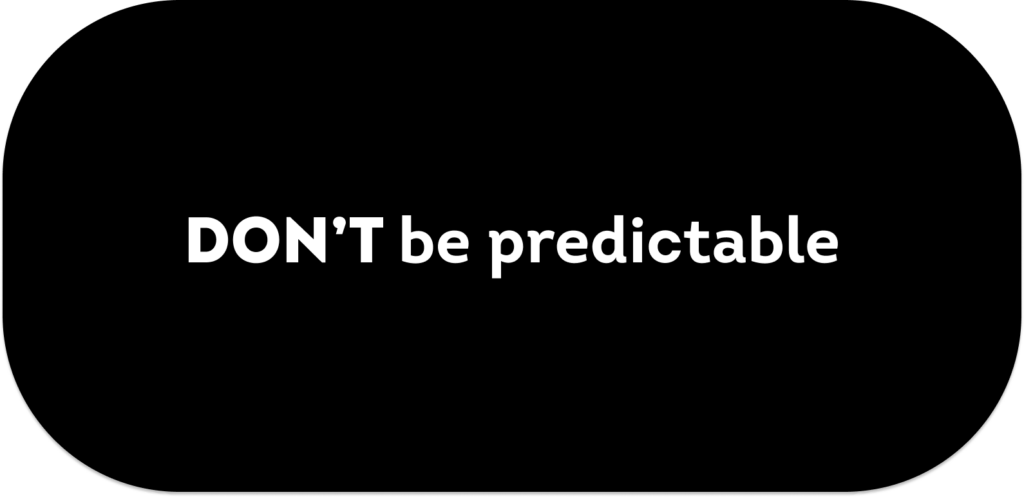
Neuroscientist Matt Johnson proposes this formula: “A good experience + surprise = a great experience.” The same is true of the messages you send. The element of surprise can be sparked by providing your reader with new information, unexpected news or a unique angle of vision.
It can elevate the emotional impact of your message and increase the likelihood that it has the desired impact. Find ways to break through from predictable to surprising.
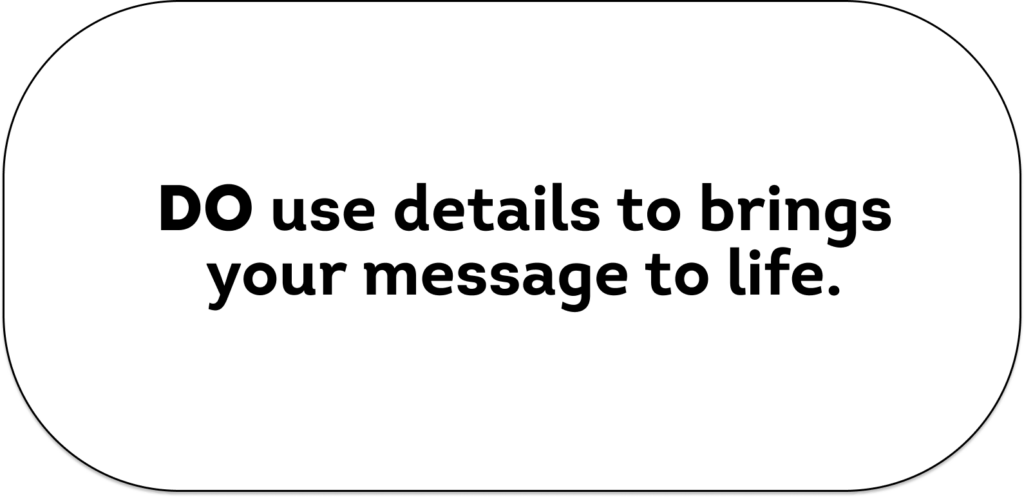
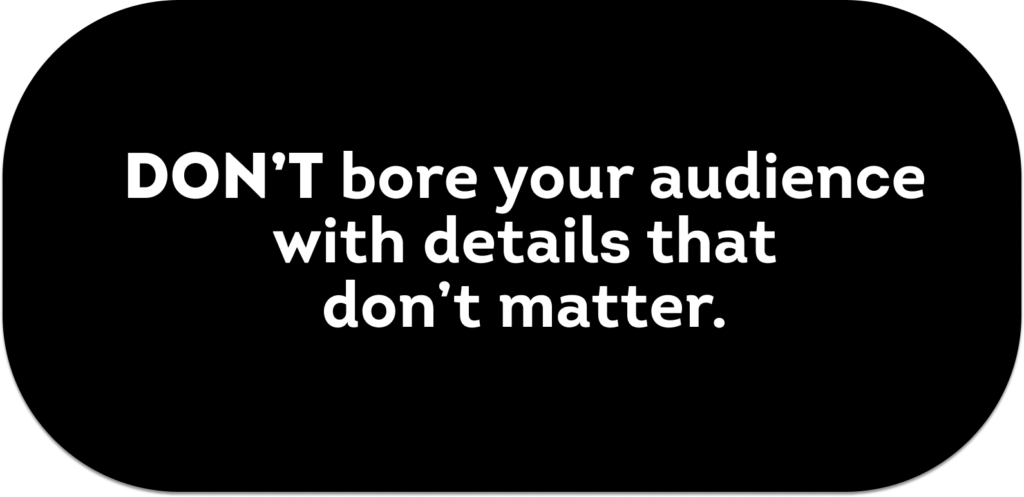
The use of details can be a double-edged sword. Providing clear, compelling details can bring your message to life and make sure it is received as genuine and authentic. But too many details can easily break the rhythm and emotional energy of your message.
Best to remember novelist Elmore Leonard’s writing advice: “Try to leave out the parts that readers tend to skip.”
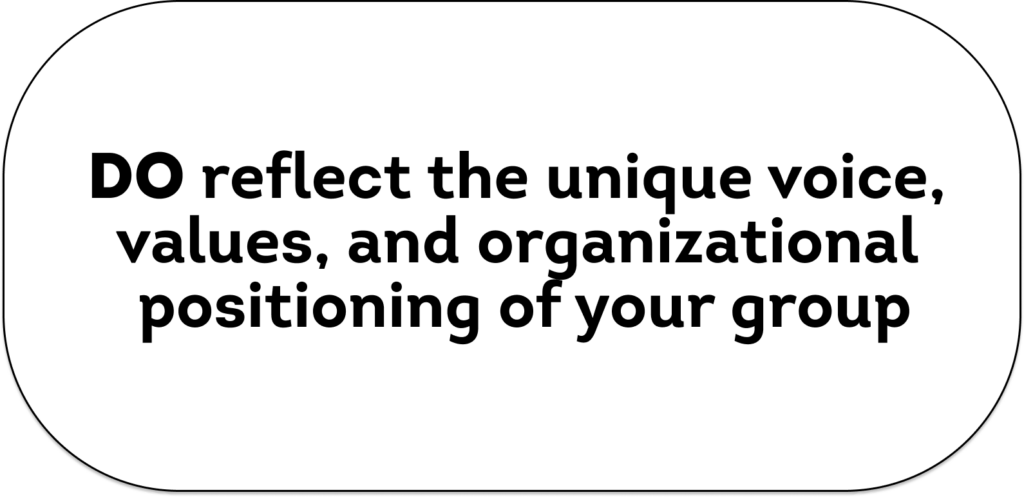
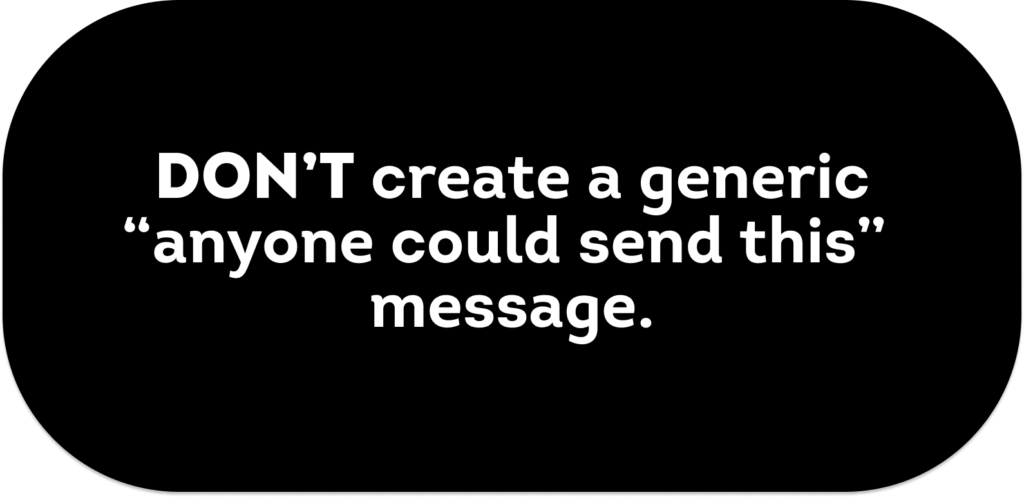
The strongest groups have a clear sense of themselves – a unique voice, a clear organizational position and language that reflect the group’s values and spirit. Your copy should capture those elements.
One way to check: the name change test. Substitute in the name of a similar organization and, if it fits like a glove, you’ve written a generic message, not one suited only to your organization.

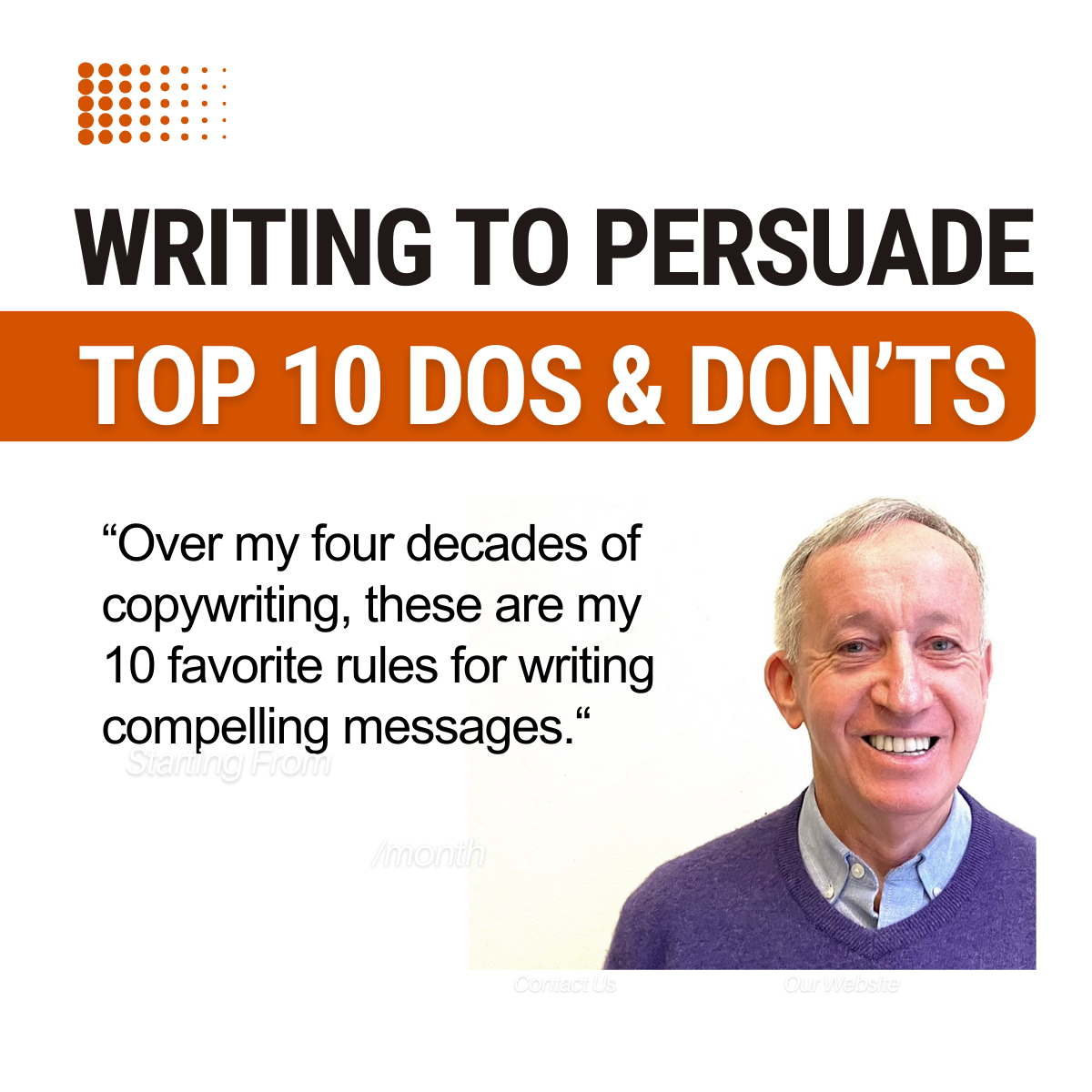

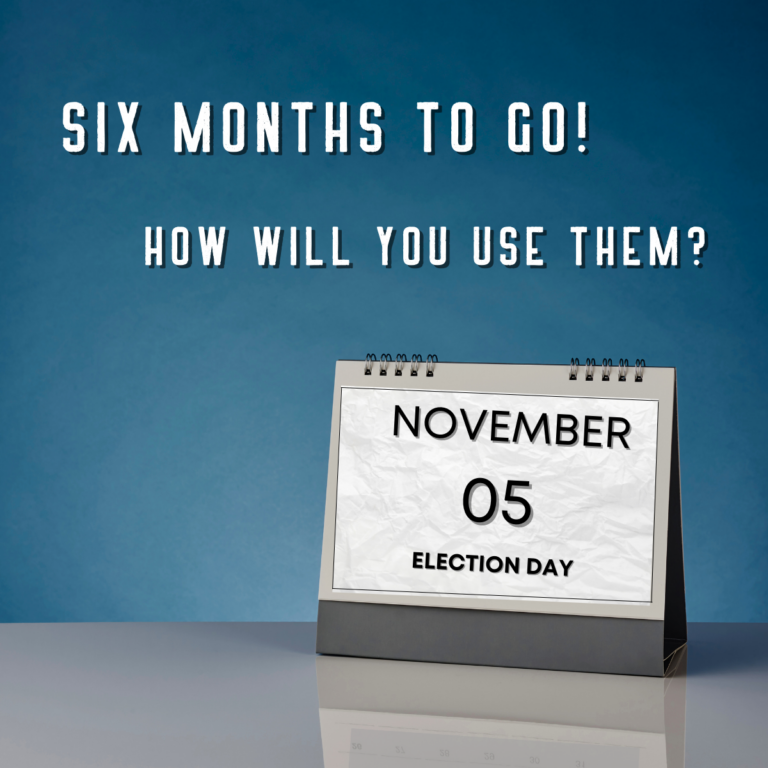
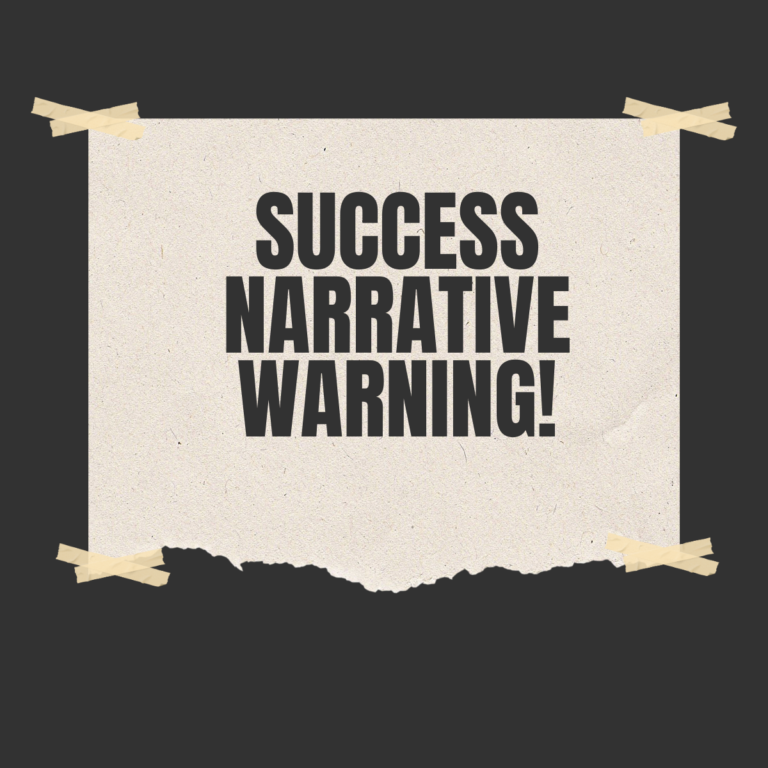
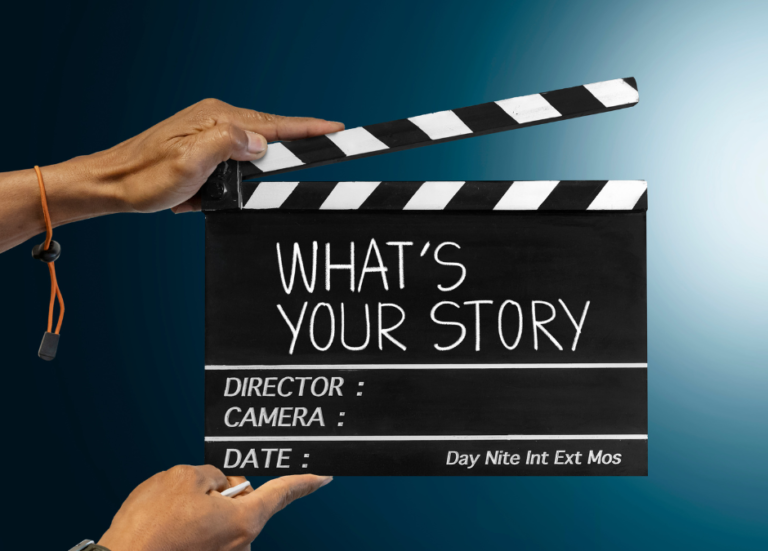

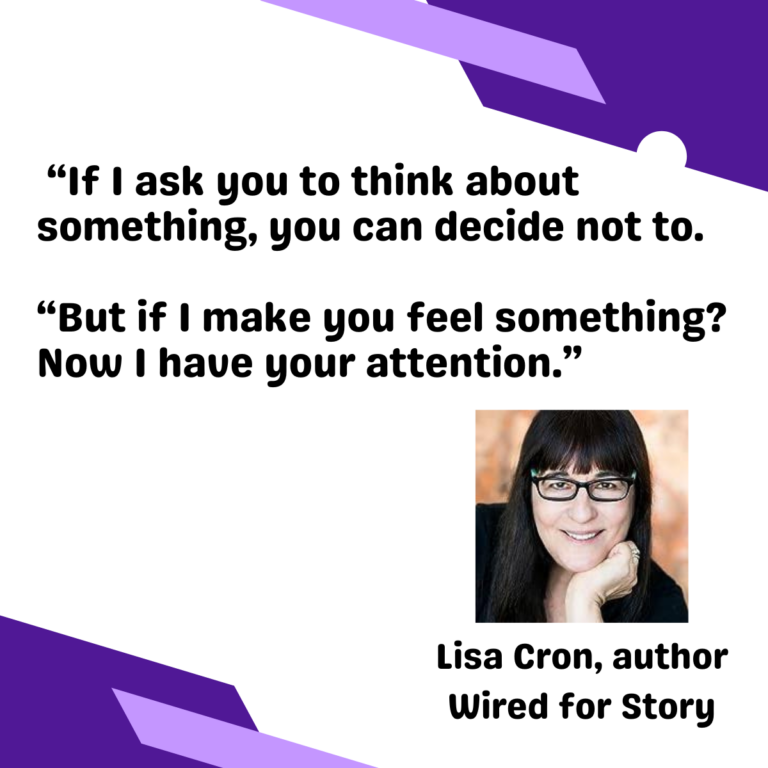

Great post! Making the rounds here with our Impact team. Thanks Frank.
Thanks Kathy. Hope your team finds it helpful. Planning to make it an expanding list over time.